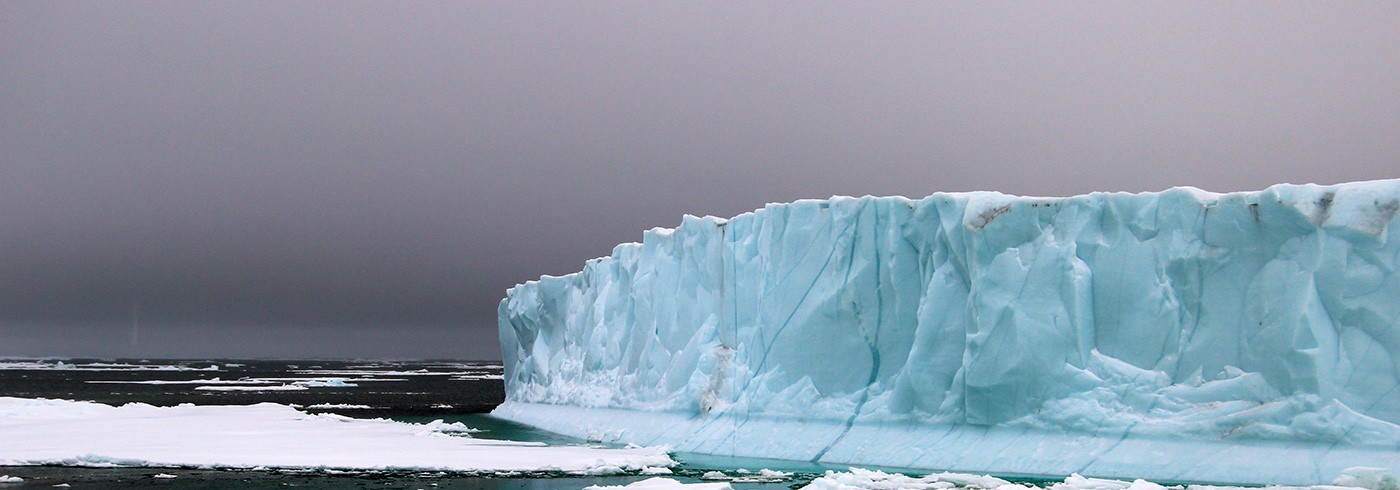The carbon cycle in a rapidly changing Arctic Ocean
17 August 2015 - 15 October 2015The Arctic carbon cycle is a key component of the ocean and, by virtue of its interaction with atmospheric carbon dioxide (CO2), also of fundamental importance to Earth’s climate. The Arctic Ocean is a system in rapid transition under the influence of natural processes and progressions caused by humans. Changes in the Arctic Ocean will likely have both environmental and socio-economic impacts, with important effects on subpolar regions. It is, however, unclear whether the Arctic Ocean, under summer ice-free conditions, will remain as a large sink for atmospheric carbon dioxide or if it even will become a carbon dioxide source. The outcome will depend on the future changes in primary and carbon export production, and may be different for different regions. Our ability to understand the changing character of the Arctic Ocean thus requires a thorough knowledge of the current state and the processes governing primary and export production of carbon, as well as understanding how the diminishing ice cover affect the Arctic carbon cycle.

Historic crossover meeting of USCGC Healy and RV Polarstern at the North Pole, 7 September 2015. Photo: Stefan Hendricks, AWI
Within the framework of the TransArc II and GEOTRACES programmes, we focused on transects across the Nansen, Amundsen, and Makarov Basins in the sea ice-covered central Arctic Ocean. Samples were taken from the water column and sea ice to measure dissolved inorganic carbon, total alkalinity, pH, and dissolved oxygen. The partial pressure of carbon dioxide and the biological oxygen supersaturation were measured continuously in the surface layer.
Preliminary results suggest net autotrophic conditions in the surface layer, i.e., more energy is produced than spent. The results also indicate a large biological activity in the marginal sea ice zone as well as large under sea-ice phytoplankton blooms extending into the deep sea ice covered basins.




